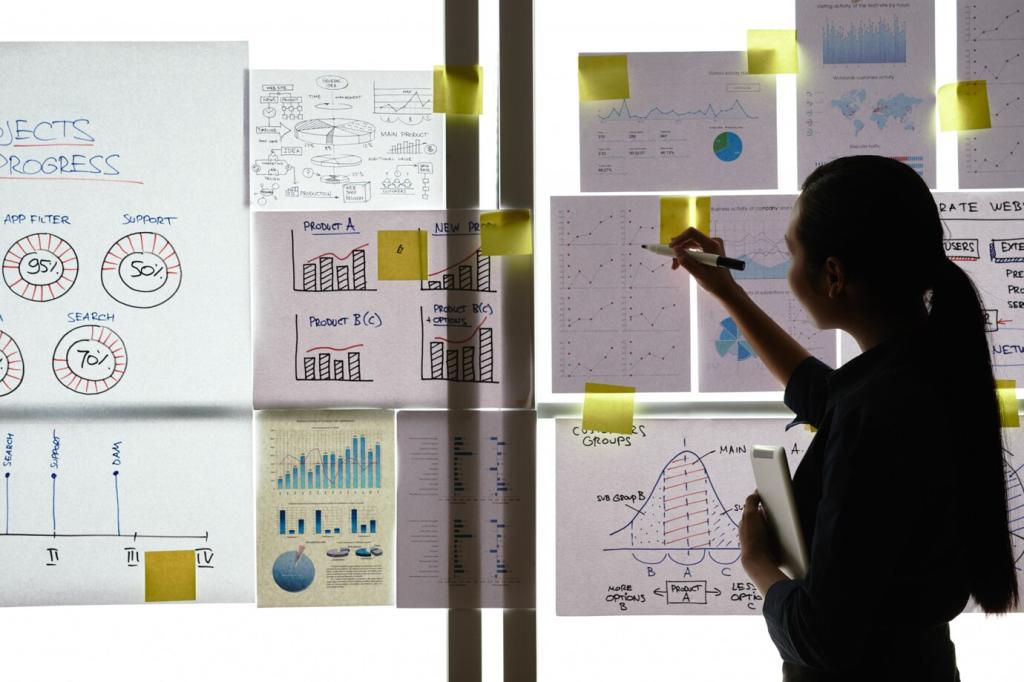Boundaries and Communication: Buy Back Your Time
Use kind, firm language: “I’m at capacity this week; here’s an alternative timeline.” Offer options without sacrificing priorities. Prepare three templates today. Practice them once and tell us how the conversation went and what you’d tweak next time.
Boundaries and Communication: Buy Back Your Time
Move status updates into shared docs or project boards. Comment threads beat live meetings for most questions. Async protects focus and creates searchable history. Propose an async trial to your team and report results after one week of usage.
Boundaries and Communication: Buy Back Your Time
Require clear agendas, defined outcomes, and owners. End at 25 or 50 minutes to leave breathing room. Mark attendance as optional when appropriate. Finishing early is a cultural win. Which meeting will you tighten—or cancel—by Friday?




